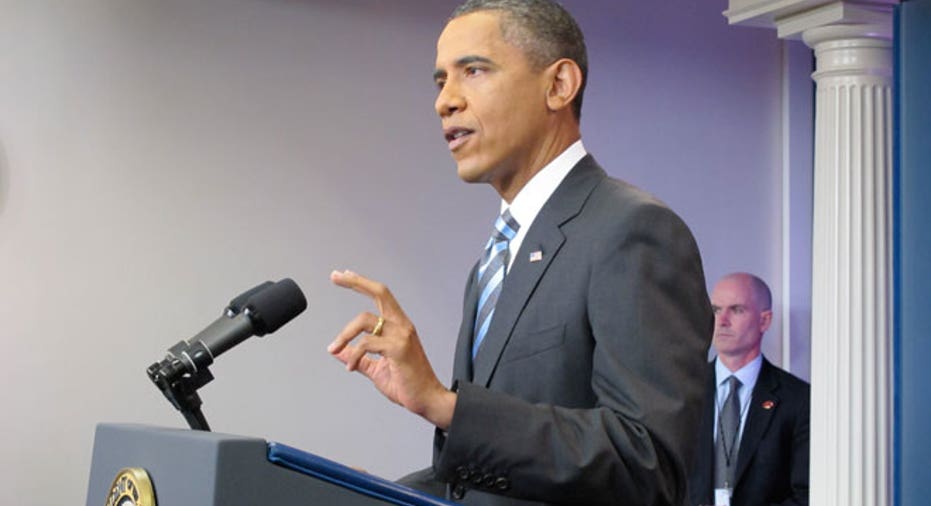The Debt Deal Passed. What's Next?

Congress pushed the deadline to increase the debt ceiling to its limit, but finally approved a $2.4 trillion measure that will allow the federal government to keep borrowing money to pay its bills through 2012.
Now for the big question: Just how will the debt deal affect you and your taxes?
You probably won't know for sure until Nov. 23. That's the deadline for a special Congressional panel to come up with $1.5 trillion in government savings via spending cuts and tax reform measures.
Phase one: Spending Cuts Instead of Taxes
There won't be any immediate tax increases. Instead, the new law first calls for more than $900 billion in spending cuts from federal agency budgets over the next decade.
More than a third of these cuts will come from defense spending. This includes not only traditional military programs, but also state and foreign operations, homeland security, military construction and veterans affairs.
In the remaining first round of cuts, Medicare, Medicaid and other programs for the poor are protected. However, future changes to some education benefits are specified.
The Pell Grant program for low-income college students receives funding, but next summer the debt deal will eliminate the federal subsidy for the graduate student loan program. This would make higher education more expensive for many students since they now will be required to pay the interest accrued on their loans while they are still in school.
For the 2012 fiscal year beginning Oct. 1, the Congressional Budget Office says these budget reductions would save $21 billion. Federal agencies would take bigger hits later in the 10-year budget-cutting span.
Phase Two: Taxes in Play
The second phase of the debt plan falls to members of the newly created Congressional Joint Select Committee on Deficit Reduction, a 12-member bipartisan panel of senators and representatives.
Dubbed the "Super Congress," these dozen lawmakers must find the money to offset dollar-for-dollar future increases in the debt ceiling. Their goal is $1.5 trillion in savings between 2012 and 2021, and the revenue can come from spending cuts and tax reform.
While the Bush-era tax cuts that President Barack Obama agreed to extend through 2012 are off the table, the inclusion of tax reform in the debt deal has led to speculation that other individual and corporate tax benefits and loopholes will be examined. Two areas that have cropped up in recent discussions are the mortgage interest deduction for second homes and the business tax deduction for employer-provided health care.
As these and various other tax expenditures are reconsidered, expect the Capitol Hill debate on just what constitutes a tax increase to be rehashed by the Super Congress. Also expect lobbyists to be out in full force, trying to save special provisions in the current tax code.
The tax and spending fight, however, can't drag out.
Deadline for Automatic Cuts
Members of the bipartisan panel must present a plan to their colleagues by Nov. 23. The full Congress then has until Dec. 23 to approve or defeat the panel's deal. No amendments would be allowed.
Special bipartisan deficit and tax panels have been convened in prior years, yet their recommendations have been ignored. Why is there reason to believe this Super Congress will succeed?
Because if a debt agreement isn't in place by Jan. 15, 2012, automatic spending cuts will be applied evenly between fiscal years 2013 and 2021 across most federal budget categories.